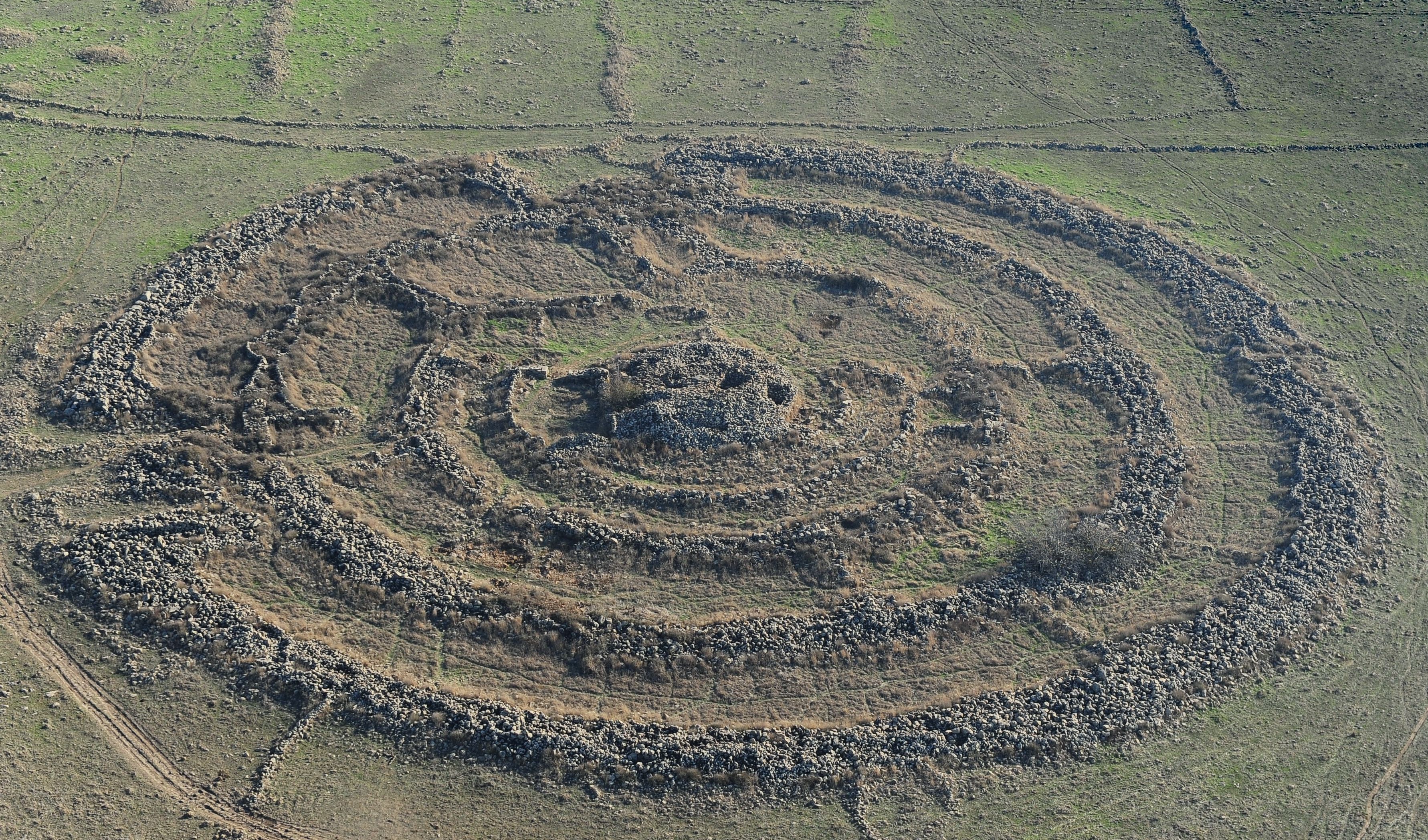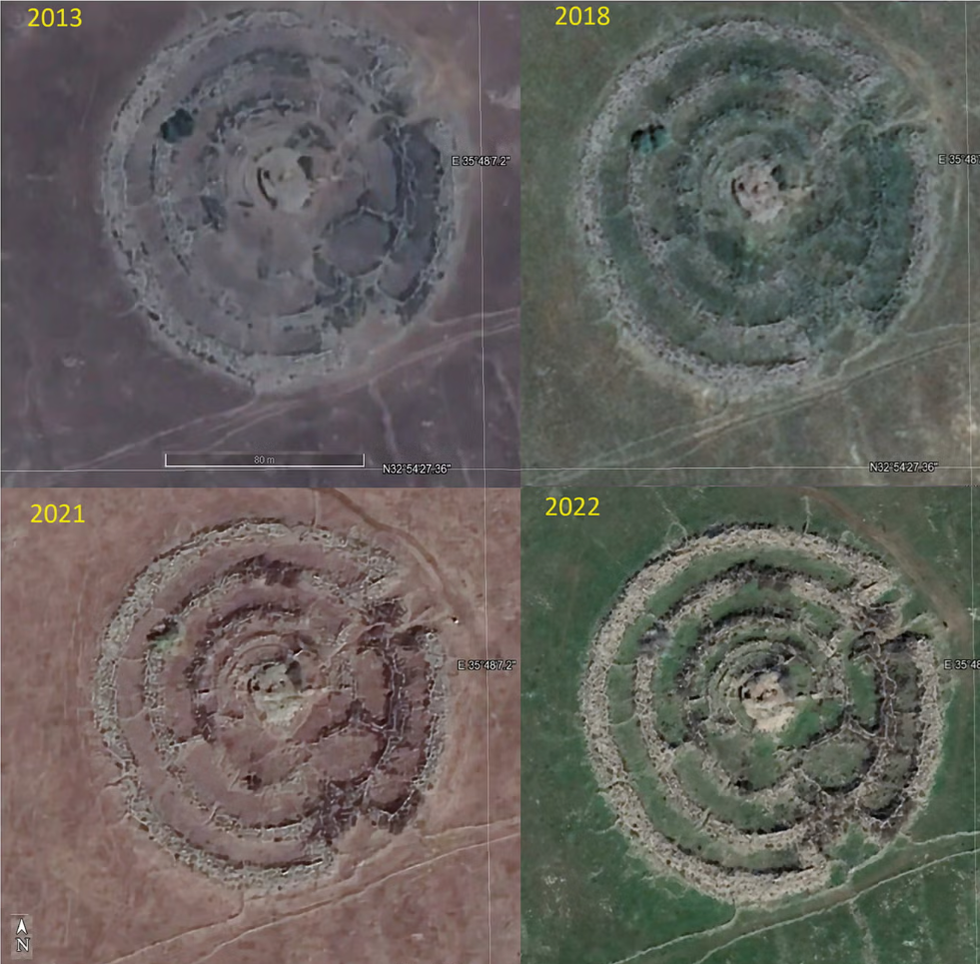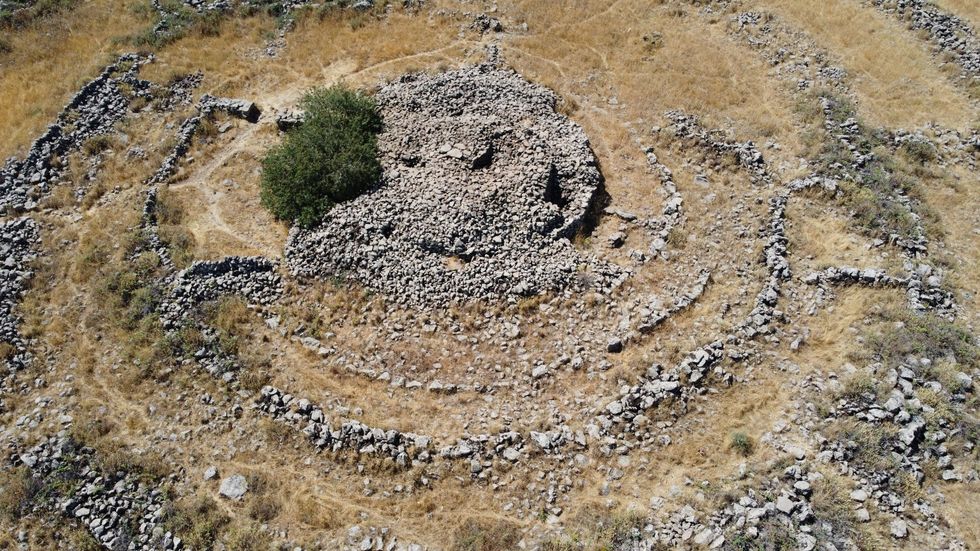Mysterious 5,000-year-old stone circle gradually drifting away from construction site

Despite decades of research, scientists have struggled to determine the true purpose of the Rujm el-Hiri monument
Don't Miss
Most Read
Archaeologists have discovered that an ancient stone monument known as the "Stonehenge of the East" has gradually drifted tens of metres from its original position over the past 5,000 years.
The enigmatic Rujm el-Hiri monument, located in the Golan Heights, Syria, has been slowly shifting due to tectonic activity in the region, according to a new study published in the journal Remote Sensing.
Despite decades of research, scientists have struggled to determine the true purpose of this massive stone circle, which spans nearly 150 metres across.
The ancient structure consists of 42,000 basalt rocks, reaching heights of up to 2.5 metres, arranged in distinctive concentric circles.

The Rujm el-Hiri monument, located in the Golan Heights, has been slowly shifting due to tectonic activity
|Wikimedia Commons
The monument features an outer circle spanning 150 metres in diameter, along with several smaller structures that share similar design principles.
Satellite surveys have revealed that Rujm el-Hiri is not an isolated monument, but rather part of a complex network of ancient structures.
The surrounding area contains hundreds of features including burial mounds, linear stone walls and circular "flower-like" enclosures within a 30-kilometre radius of the main structure.
Tectonic plates in the region move approximately one inch annually, with this subtle movement accumulating significantly over thousands of years.
MORE LIKE THIS:

Scientists found that the entire region has rotated counterclockwise since the monument's construction
|Olga Khabarova et al., Remote Sensing (2024)
Scientists found that the entire region has rotated counterclockwise since the monument's construction, casting doubt on theories about its use as an astronomical observatory.
"Analysis shows that since the entire region has rotated over time, the Rujm el-Hiri's location shifted from its original position for tens of metres for the thousands of years of the object's existence," researchers said.
The movement means that any astronomical alignments visible today may not reflect the monument's original orientation.
Researchers identified two distinct construction periods for the various structures in the area.
The thick walls along streams and large-scale circles were likely built between 5,000 and 4,500 BC.
A second phase of construction occurred between 4,000 and 2,200 BC, which saw the addition of burial mounds, flower-like fences and thin linear walls.
"This involved adding new features, building walls over older ones, and reshaping the landscape with new objects," scientists explained.

The monument features an outer circle spanning 150 metres in diameter, along with several smaller structures that share similar design principles
|Wikimedia Commons
Scientists noted that excavations of selected features, including Rujm el-Hiri itself, would be necessary to confirm this timeline.
The study was unable to determine the exact extent of the landscape's rotation and movement from its initial position.
This limitation makes it impossible to verify if any proposed ancient astronomical alignments are accurate.
Scientists emphasised the need for further research to trace the origins of this construction tradition.
Researchers also called for additional studies to better understand the substantial investment made in creating the monument.
The findings suggest that the monument's current position may not provide any valid astronomical alignments due to the tectonic rotation of the landscape.










